Essential Guide To The USB-C Conversion Chart: Understanding Its Importance - In today's rapidly evolving digital world, the USB-C conversion chart has become an essential tool for tech enthusiasts and professionals alike. As technology advances, the need for a versatile and efficient connector has become more pressing. Enter USB-C, a universal standard that has revolutionized the way we connect and power devices. But with its increasing adoption comes the complexity of understanding various specifications and conversions. The USB-C conversion chart simplifies this, offering a comprehensive view of compatibility across devices and accessories. The USB-C connector is designed to replace older USB standards such as USB-A and USB-B, providing a universal solution for various devices. One of its most significant advantages is its ability to deliver higher power levels, making it suitable for charging larger devices like laptops. Additionally, USB-C supports faster data transfer rates, enhancing the efficiency of file transfers and other data-related tasks.
In today's rapidly evolving digital world, the USB-C conversion chart has become an essential tool for tech enthusiasts and professionals alike. As technology advances, the need for a versatile and efficient connector has become more pressing. Enter USB-C, a universal standard that has revolutionized the way we connect and power devices. But with its increasing adoption comes the complexity of understanding various specifications and conversions. The USB-C conversion chart simplifies this, offering a comprehensive view of compatibility across devices and accessories.
This versatility makes USB-C an excellent choice for users who need to connect their devices to multiple displays or projectors.
USB-C specifications can be complex, as they encompass a range of features and capabilities. Here are some key specifications to understand:
The USB-C conversion chart is a practical tool that helps users navigate the complexities of USB-C compatibility. Here's how to use it effectively:
USB-C offers impressive data transfer capabilities, making it ideal for users who regularly move large files or require high-speed connections. With USB 3.1, USB-C supports data transfer rates of up to 10 Gbps, while Thunderbolt 3 can achieve rates of up to 40 Gbps.
Thunderbolt 3 is a technology that leverages the USB-C connector to deliver enhanced performance, offering data transfer rates of up to 40 Gbps, support for dual 4K displays, and increased power delivery capabilities. This integration makes Thunderbolt 3 a powerful option for users who require high-speed data and video connections.
USB-C's ability to support video output is another key feature, enabling users to connect their devices to external displays and projectors. This functionality is possible through alternate modes such as HDMI, DisplayPort, and Thunderbolt, which USB-C can support with the appropriate adapters.
These conversions demonstrate the versatility of USB-C, enabling users to connect their devices to various peripherals and networks.
Understanding these data transfer capabilities is crucial for users who rely on fast and reliable connections for their work and entertainment needs.
These trends indicate that USB-C will continue to play a significant role in the tech industry, offering users enhanced connectivity and performance.
USB-C is a newer, more versatile connector that offers faster data transfer rates, higher power delivery capabilities, and a reversible design. USB-A is an older standard with limited power and data capabilities.
USB-C is commonly used in laptops, smartphones, tablets, and other devices that require data transfer, power delivery, and video output capabilities.
The USB-C conversion chart is a vital tool for understanding the compatibility and capabilities of USB-C with other USB standards. As USB-C becomes more prevalent, users often encounter situations where they need to connect USB-C devices to older USB ports. The conversion chart provides a clear guide on which adapters and cables are necessary to facilitate these connections.
The USB-C conversion chart serves as a valuable resource, bridging the gap between different USB standards and helping users understand how to connect their devices seamlessly. By providing a clear visual representation of the different USB-C features, capabilities, and conversions, the chart enables users to make informed decisions about their connectivity needs. Whether you're a tech novice or a seasoned professional, understanding the USB-C conversion chart is crucial for optimizing your tech ecosystem and enhancing your overall digital experience.
For further information and resources on USB-C technology, consider visiting the official USB Implementers Forum website, which provides comprehensive guidance and updates on USB standards and developments.
